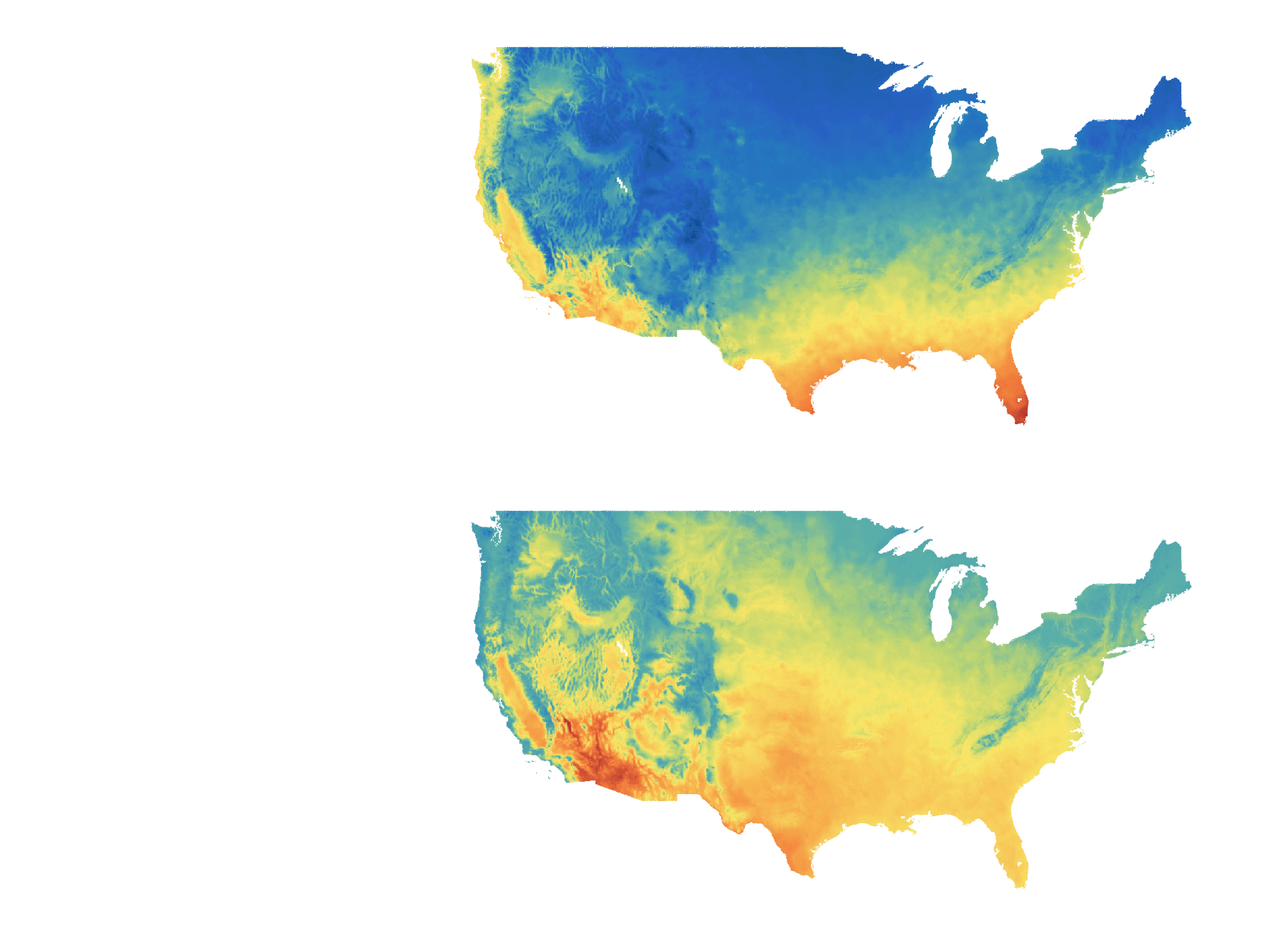“`html
Researchers have concluded that the global goal of limiting warming to 1.5 degrees Celsius above pre-industrial levels is now almost unattainable. A recent study published in Geophysical Research Letters paints a concerning picture of our future climate, highlighting significant and worrying climate warming projections. It indicates that future years will likely exceed current heat records significantly, and a 50% probability exists that global warming will surpass 2 degrees Celsius, even if emissions are rapidly reduced to net-zero by the 2050s. This sobering assessment underscores the urgency of our climate crisis, which impacts every corner of our planet and stresses the urgent need for comprehensive climate adaptation plans. This is crucial information for anyone concerned about the future of our planet and their own communities, making it essential reading for anyone invested in sustainable living.
Table of Contents
ToggleClimate Warming Projections: A Deeper Dive
The study’s authors, including climate scientists Noah Diffenbaugh from Stanford University and Elizabeth Barnes from Colorado State University, emphasize the increasing intensity of extreme climate impacts, such as heatwaves and heavy rainfall. The year 2024 is set to be hotter than 2023, with global temperatures expected to exceed 1.5 degrees Celsius above pre-industrial levels. Crucially, researchers utilized artificial intelligence (AI) to enhance climate projections, training the AI on extensive climate model simulations and historical temperature data. This groundbreaking approach significantly improved the accuracy of predictions, leading to more realistic projections of future global temperature trends.
Key Findings of Climate Warming Projections
- Near-term warming is inevitable: Even with aggressive emission reductions, surpassing 1.5°C and reaching 1.8°C is likely this century.
- Regional variations are concerning: Some regions, including South Asia and parts of Europe and Africa, face a significant risk of warming exceeding 3°C by 2060 if emissions continue to rise.
- The role of AI in climate projections: AI-enhanced climate modeling is significantly increasing the accuracy of future climate warming projections.
- Adaptation is critical: Increased investment in climate adaptation strategies, alongside emission reduction efforts, is essential to prepare for extreme climate conditions.
Realistic Projections and Their Implications
The study clearly indicates that the most optimistic scenarios still predict significant global warming. This means we need to be prepared for increasingly extreme weather events. These findings highlight the urgent need to shift our priorities towards adapting to a hotter planet, while continuing efforts to reduce emissions. I strongly feel that we need to implement policies that support sustainable practices and encourage global cooperation.
Actionable Steps for Individuals and Communities
These sobering projections remind us of the urgency required to adapt to the changes our planet is facing. We all can take steps, in our own spheres of influence. How can we prepare for these challenges? What can we do to reduce our impact on the planet? We can all play a critical role in mitigating these climate impacts through small changes and by advocating for change in larger spheres.
Share this article with your friends and leave a comment below sharing your thoughts and ideas on how we can tackle climate change. Let’s work together to make a difference!
“`






